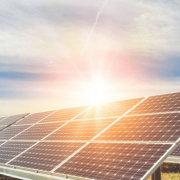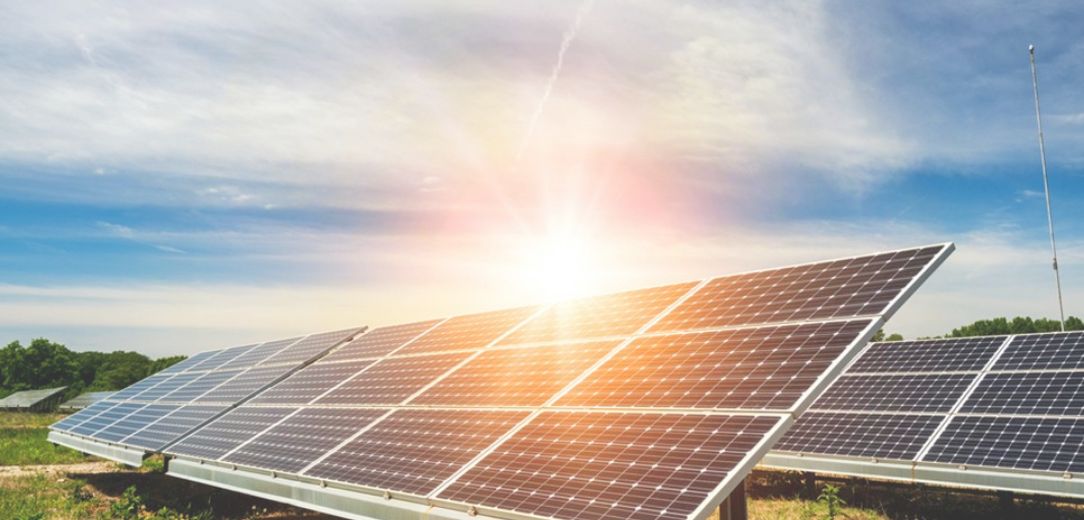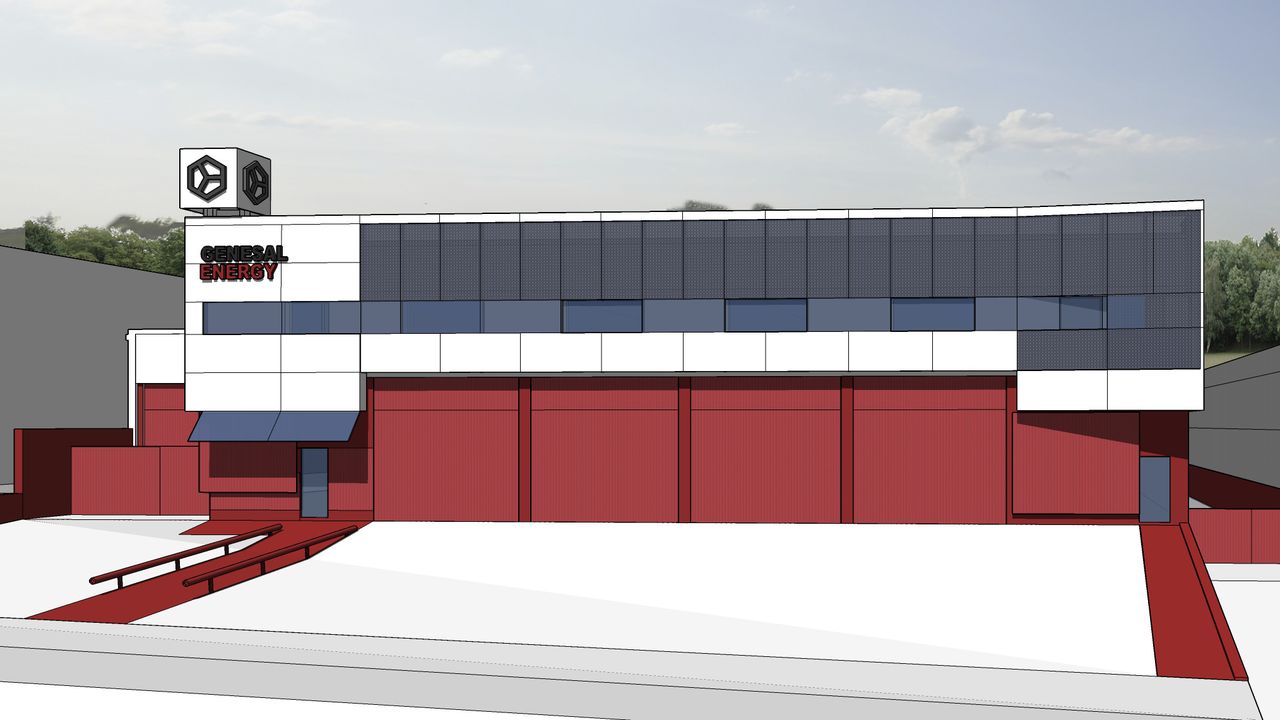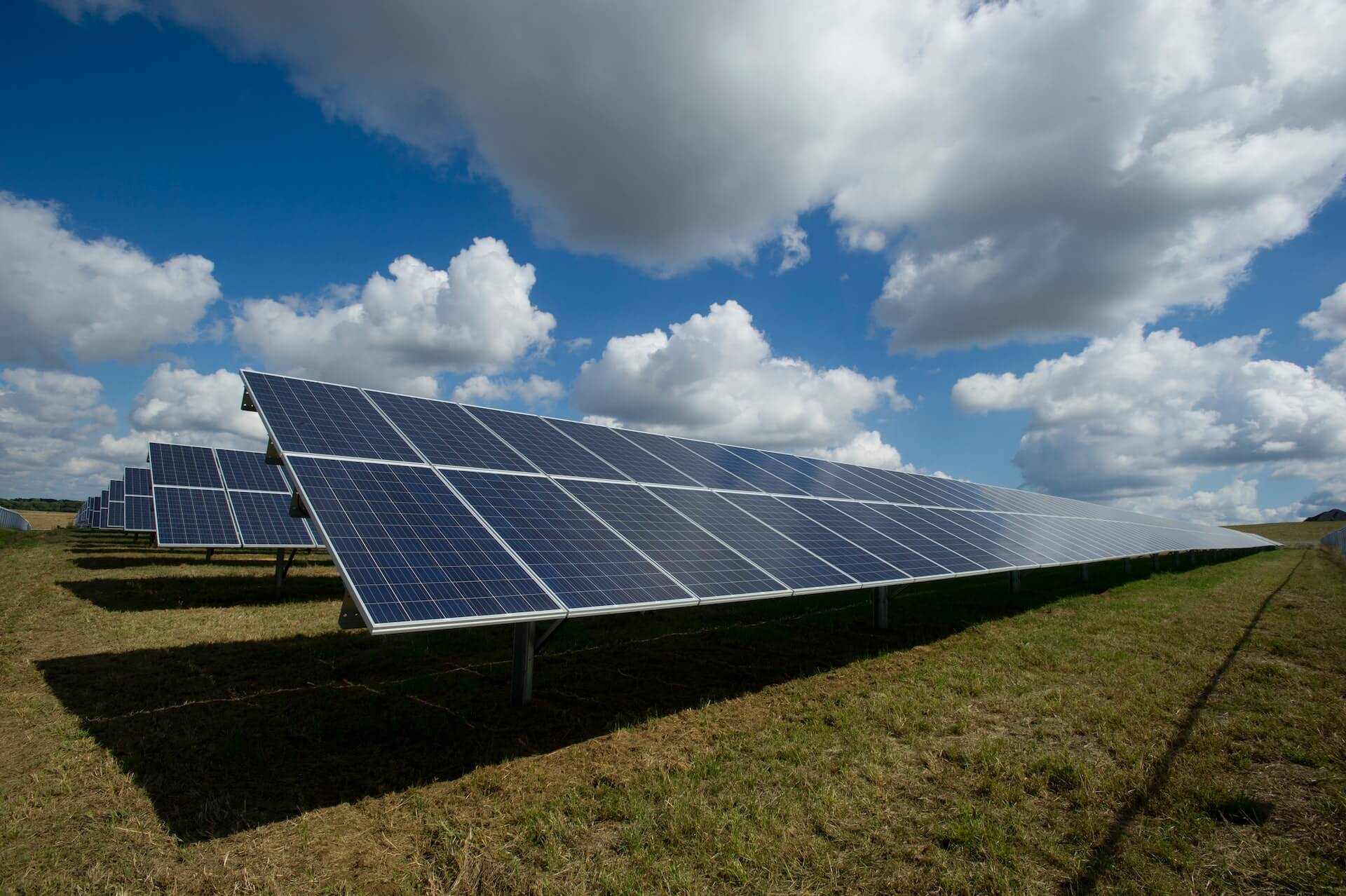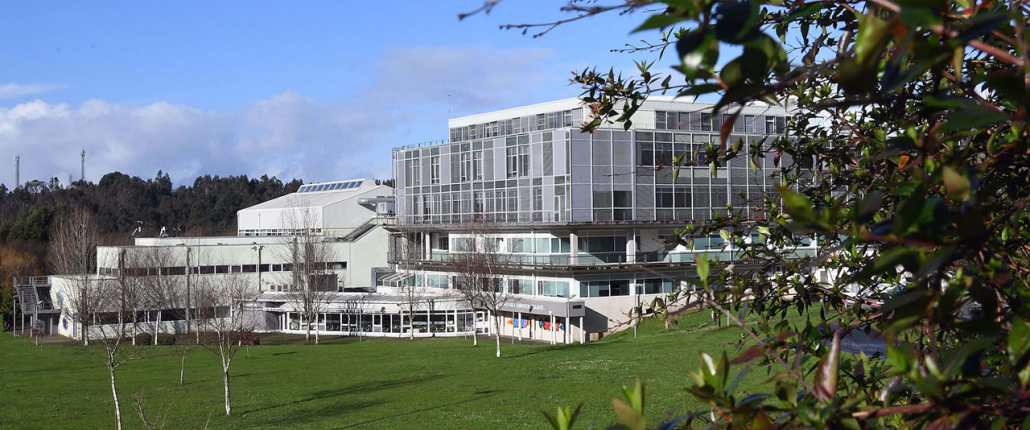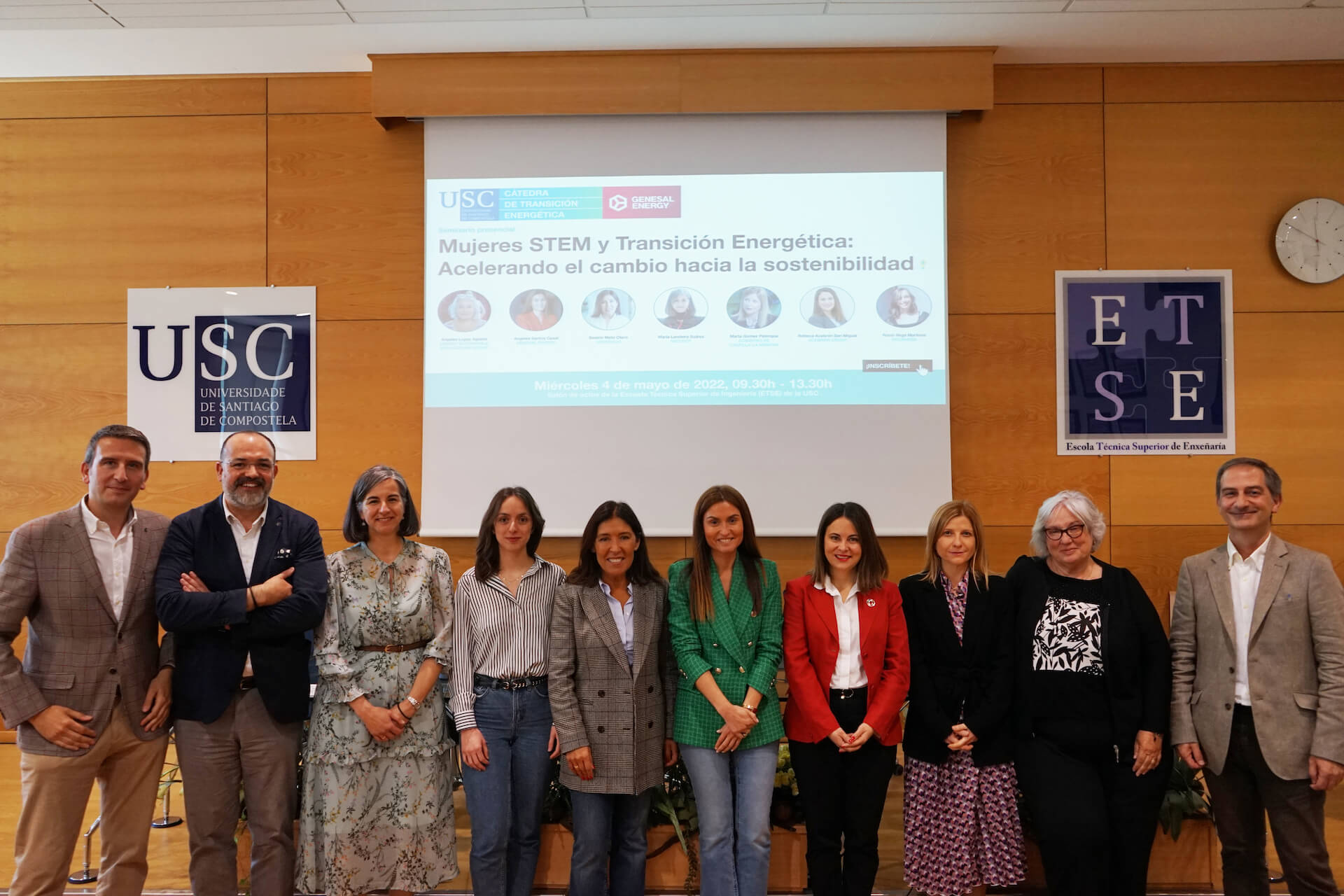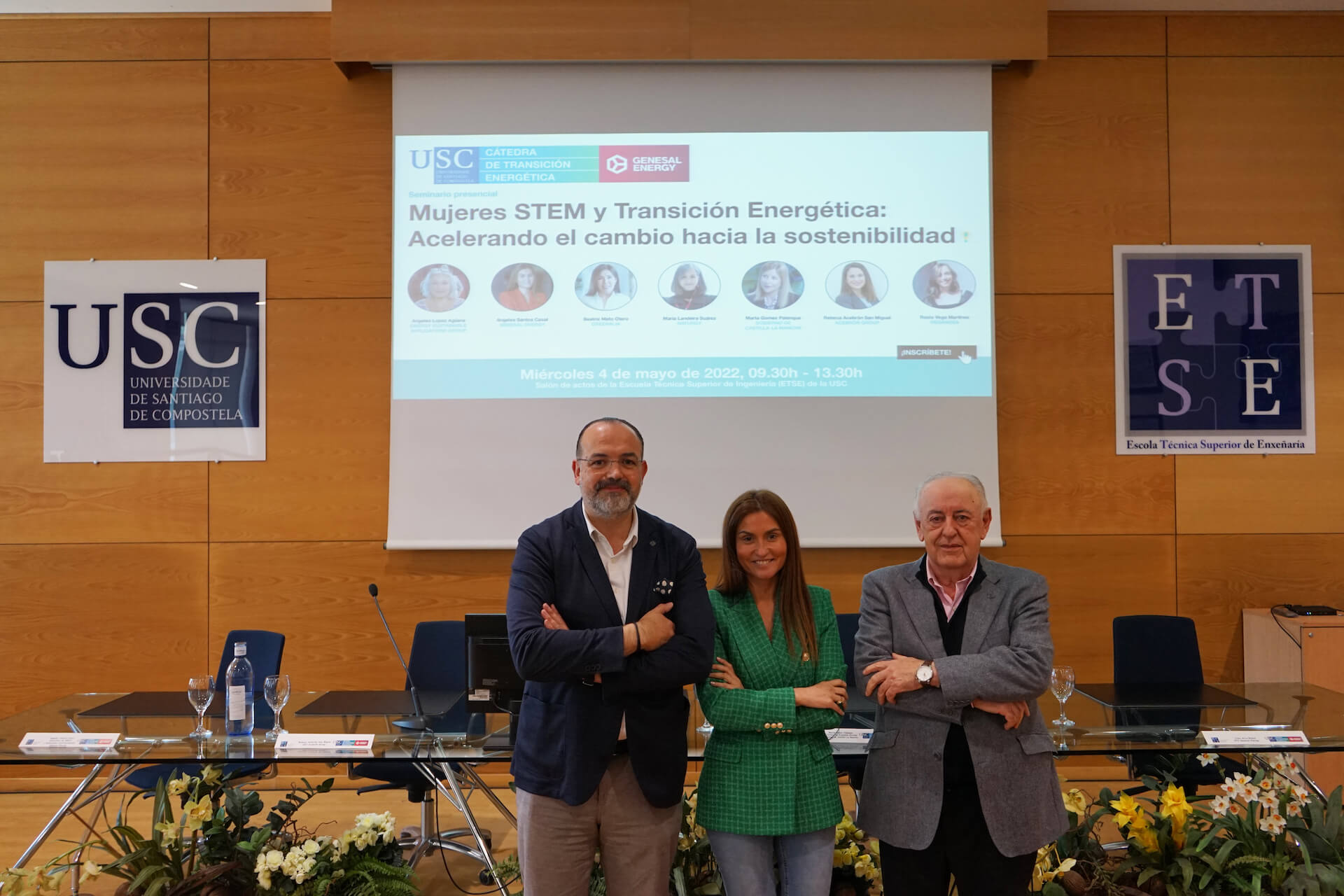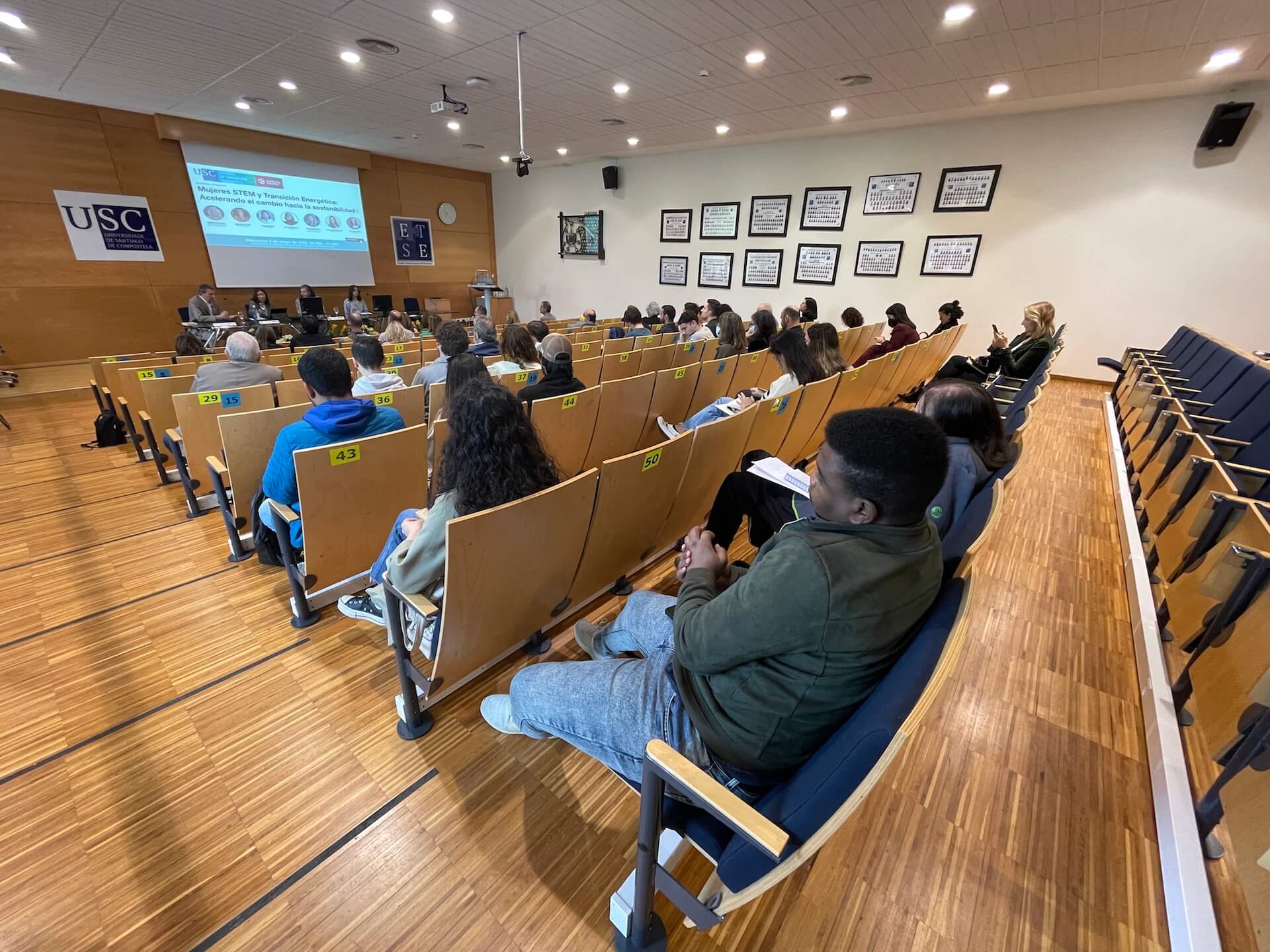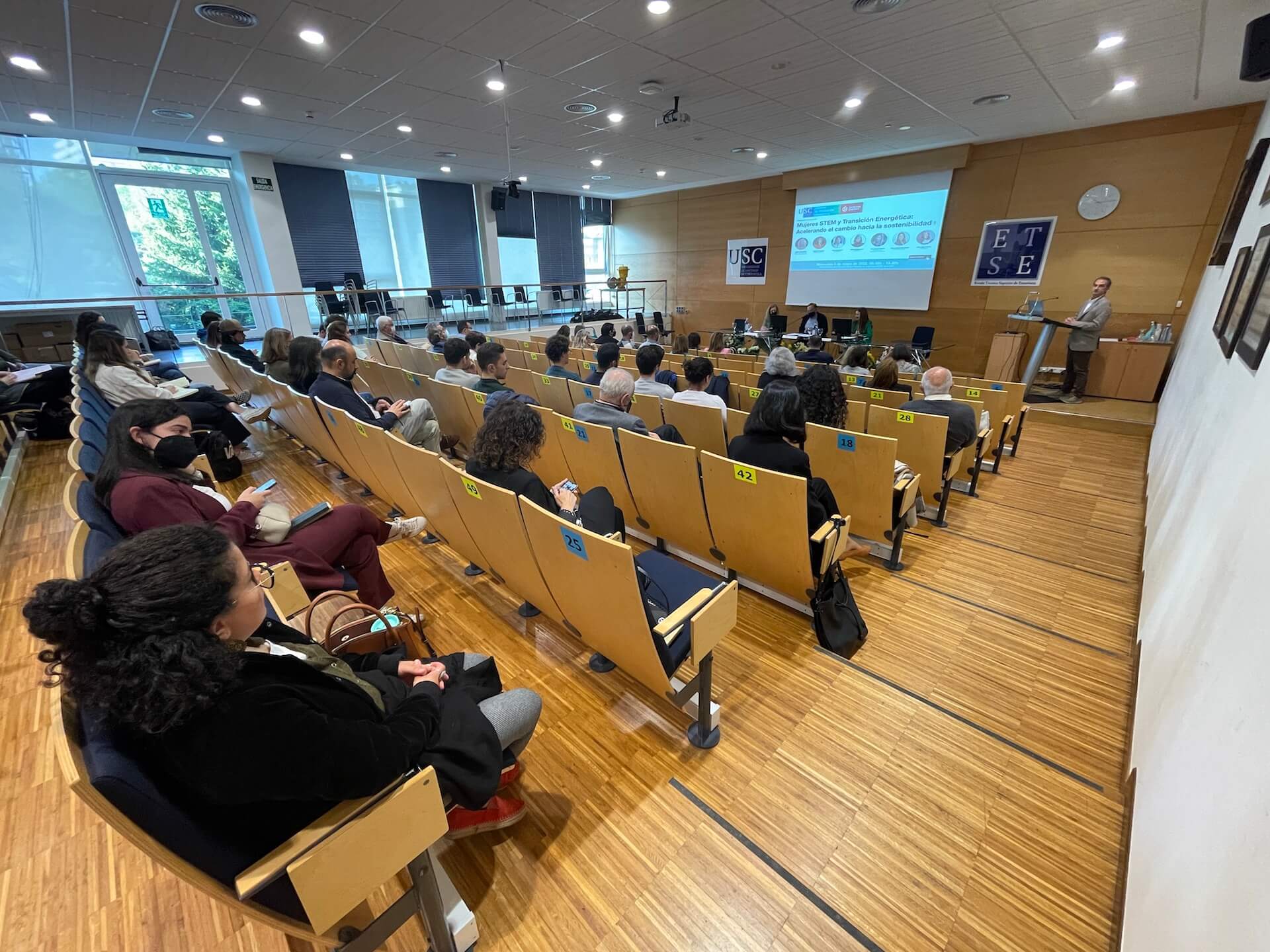What is Greenesal?

The scientific evidence for climate change is overwhelming; it is a global issue which unfortunately cannot be effectively addressed without the cooperation of all. On the road to sustainability individual initiatives matter, but they can only become reality if they are put into practice.
This is what Greenesal is all about: making our commitment a reality by implementing an action plan based on the knowledge, responsibility and experience accumulated by Genesal Energy during our almost 30 years in the energy industry.
It is now time to take another step on our crusade for sustainability and energy transition; it is time to act. For us this action takes the form of specific initiatives which will be implemented in the short, medium or long term. Greenesal is at the centre of this thoughtful, well-planned and ambitious programme which we have launched in order to instigate real change.
In a way, Greenesal is the heart of Genesal Energy, and it is sustained by two principal arteries: the Energy Transition Plan and the Faculty of Energy Transition, created in collaboration with the University of Santiago de Compostela (USC). Both are strongly focused on R&D&I, because knowledge is the engine that allows us to develop and implement sustainable solutions for high-quality energy projects.
Although they are focused on different areas – industry and education, respectively – the Energy Transition Plan and the Faculty have the same goals: to promote clean energy, encourage the use of renewable energy sources and reduce the carbon footprints of the company, our clients and society in general. However, we are aware that achieving zero emissions is no easy task.
Genesal Energy’s Energy Transition Plan: What does it involve?
Genesal Energy’s Energy Transition Plan is a set of measures and actions aimed at increasing the energy efficiency of all of our projects at both national and international level, with the goal of helping distributed energy and generator sets become increasingly respectful of both people and the environment. The Energy Transition Plan is already up and running in the form of a series of proposals and projects focused on modifying processes at the corporate, production and industry levels. The philosophy of the plan is simple: do more to impact less. The following are some of its core features:
1- Go all out on green hydrogen
We are committed to the Hydrogenset concept, which encompasses all energy generation solutions which use hydrogen in any form or state as a fuel.
Hydrogen is the simplest and lightest element in the periodic table, abundant on Earth and throughout the universe. It is the new ‘green gold’ and represents the future of energy; the use of hydrogen as a fuel opens up new possibilities for sustainable, zero-impact energy generation.
2- We support the 2030 Agenda and the Sustainable Development Goals (SDGs)
We are committed to the 2030 Agenda, approved by the United Nations in 2015, which lays out the priority goals that we as a society must meet in order to ensure the sustainability of our planet and a better future for humanity. The Agenda is designed for governments and institutions as well as public and private companies and is intended to promote economic growth, encourage action against climate change and protect the environment, with a focus on fairness and inclusivity for all. It includes 17 SDGs and 169 targets which the international community as a whole need to work together to achieve.
We are committed to 12 of the 17 Sustainable Development Goals and are taking concrete action to meet each one.
3- Obtain certification to reflect our progress
We have obtained the official government Carbon Footprint Calculation Seal as a reflection of our commitment to SDG 13 (Climate Action) and are certified in Environmental Management Systems (ISO 14001), which has helped us systematically improve how we manage the aspects of our activities that affect the environment.
4- More sustainable and efficient solutions
We implement sustainable and efficient solutions in our product manufacturing processes.
5- 5- Fulfil our obligations. We lead by example in reducing our footprint.
Less petrol: we have reduced the fuel consumption of our vehicle fleet by 16%: fuel consumption decreased from 2377.75 litres of fossil fuels consumed per million euros invoiced in 2019, to 2005.4 l/M€ in 2021; this represents a 16% drop in fuel consumption. The cleanest energy is energy saved.
6- Reduce waste
We have reduced our paper and cardboard waste by 96%, plastic waste by 94% and scrap by 85%.
7- We have the first building-integrated photovoltaic facade in Galicia
A total of 126 photovoltaic panels cover the roof of Genesal Energy’s headquarters in Bergondo (A Coruña). Delivering 57.33kW of power, they will reduce our emissions of CO2 into the atmosphere by over 20 tonnes per year. The project is part of the first phase of our OGGY energy management project.

USC-Genesal Energy Faculty of Energy Transition
This collaboration between industry and academia is an exciting project devised by us. USC-Genesal Energy Faculty of Energy Transition was inaugurated at the beginning of 2022.
Research, support for teaching and the diffusion of knowledge related to the field of energy transition, particularly in areas concerned with distributed energy systems, are the principal goals of the faculty. It will also:
- Promote the development of R&D&I projects and seek to boost participation in these.
- Develop distributed energy grid systems based on zero-emission fuels and promote activities which stimulate discourse and debate in the field of energy transition.
- Promote collaboration between public bodies and private enterprise.
- Promote ideas competitions and the creation of awards for projects and undergraduate and master’s degree theses.
- Create student internships at Genesal Energy, with and without university credit.
- Organise specialisation courses, conferences, seminars, meetings with experts, and visits to organisations, companies and institutions related to the faculty’s mission.
- Support USC graduates in their search for employment by participating in faculty activities where appropriate.
Through our dedication to the twin pillars of research and education we are demonstrating our conviction that building a fairer world is possible, by taking concrete action such as reducing our carbon footprint and committing to renewable energy sources. At Genesal Energy we dream big because we are optimists.








